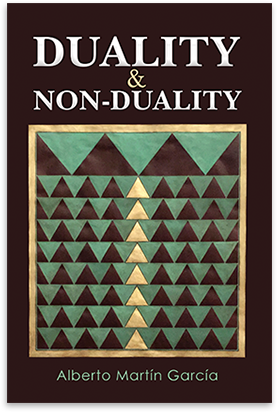
Metaphysics: What is Platonic dualism?
Initially or provisionally, two levels of reality are described by Plato: the Intelligible world of Forms, and the Sensible world of external objects, but we have to bear in mind that the lower or phenomenal world is merely a reflection of the higher reality made up of Ideas or Forms, objects being mere representations or images (eikons) of that higher world or reality. At the top of the pyramid of knowledge and reality, the summum bonum or supreme Good reigns by itself. Plato's is a scalar ontology, the lower steps or hypostases being subservient to, or dependent on, the higher ones - like the 5 koshas of Vedanta, the 5 levels in Sufism, and Dharmakaya at the top of Buddhist ontology – all of them non-dual metaphysics. Contemplation alone can afford such a view. Thus, Plato is, in essence, a non-dualist.
The following is from Tom McFarlane (one of my authorities on Plato and also on metaphysics): ‘… according to Plato, at least, the sensible objects we experience are not separate things apart from some inaccessible world of intelligible forms, but they are instantiations of the forms themselves. In other words, to the extent that our experience is intelligible at all, we are directly experiencing forms, which ultimately emanate from the One. This understanding of Plato is also reflected in the Platonic tradition by Proclus and Plotinus, for example.’
Post Views : 408